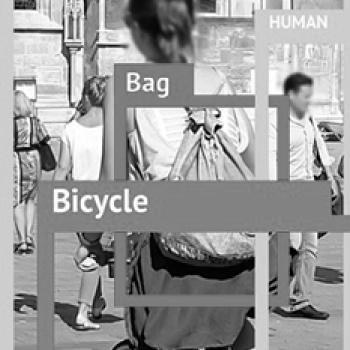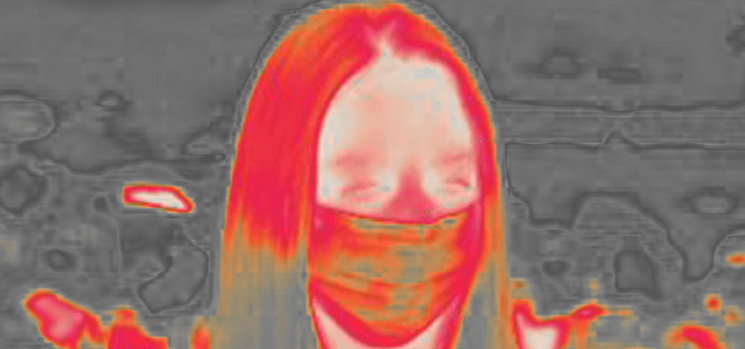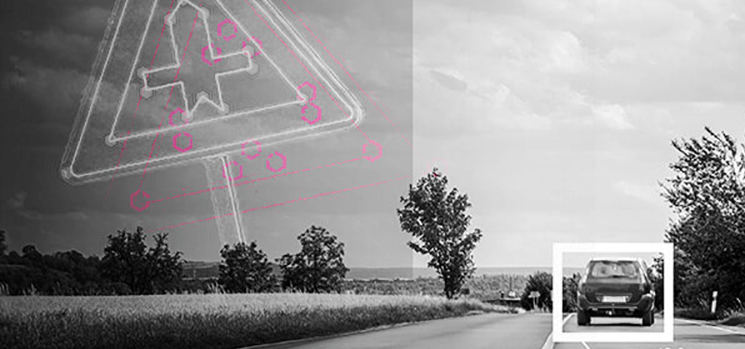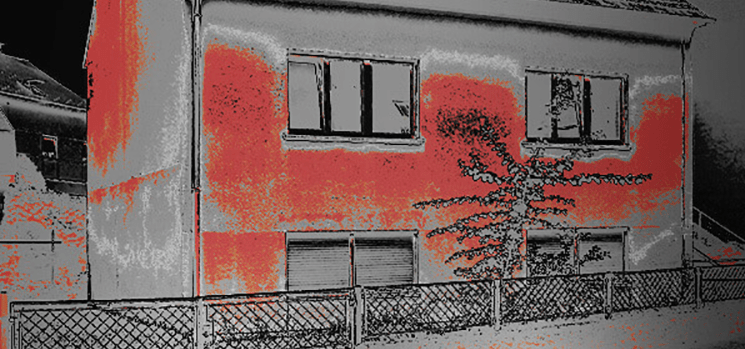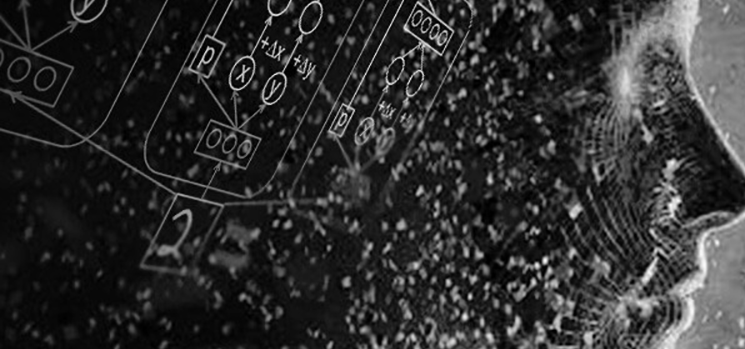What we do
Newest Computer Vision methods
At Digica, we use the newest Computer Vision methods, in conjunction with Artificial Intelligence to any data and problems that can be translated into images or movies. We detect different objects (people, vehicles, drones, etc.) both in visible light, in thermal, and near-infrared spectra.
We work with radar data, where we use radio frequencies electromagnetic fields to build images of landscapes and weather, but also to detect different objects from far away or from a very close distance as we do in gesture recognition projects.
We use 2d and 3d imaging for chemical projects, where we analyze signals from spectrometers and other chemical devices.
